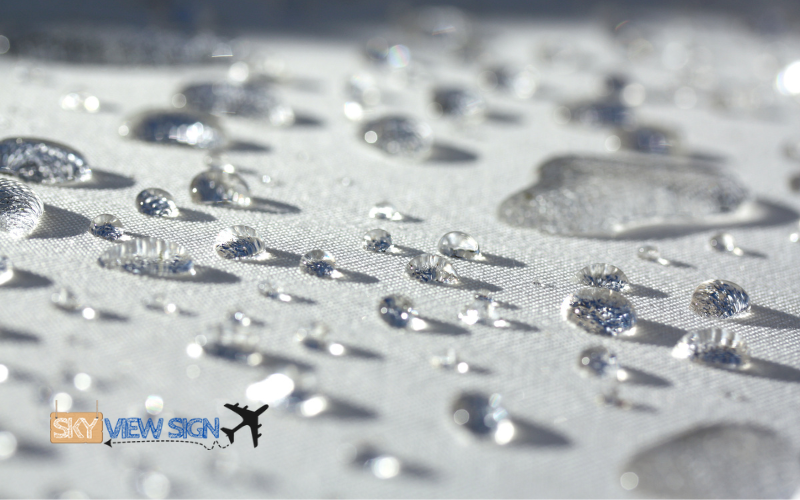9 Simple Steps to Waterproofing Exterior Walls

“Your walls form the foundation of your home. You need to pay special attention to your house’s exterior walls because the weather out there will not be nice. It isn’t enough to paint your wall. After dealing with rain, snow, wind, dust, and heat of the outside environment, the paint will start peeling off.”
Thus, waterproofing is the best way to ensure that your walls are protected and retain your house’s longevity. At the same time, it is vital to reduce your frequent renovation cost. So, here are some of the simple steps for providing effective waterproofing solutions to your home.
Damp carpets and beneath wall coverings can be the most prominent place for mold and mildew growth. Finishing a basement without first dealing with the moisture problems can make health conditions worse and lead to significant damage. Interior waterproofing systems, installed by a professional contractor, can keep the moisture away throughout the home.
Step 1: Properly expose the outside part of the wall
To start with waterproofing your exterior walls, make sure it is properly exposed to work on. Your house walls possess a lot of dirt, which creates an additional layer over the wall. Get rid of all the filth and dust from the walls. And before doing so, remove all the drainage pipes and the old field tiles to get proper access to every corner and area of the wall.
Step 2: Thoroughly clean the walls
A lot of dust and dirt is carried by air and sticks to the outer part of the wall. To make sure the process is efficient, you need to clear the debris and dust thoroughly. The dirt and debris can be cleaned with a broom, brush or scraper. Then wash it with a power washer.
Step 3: Check out for the cracks and fill them up
Cracks and holes can develop on the exterior walls over time. Follow up the cleaning process with a thorough look at the cracks and holes on your wall. You can fill them with cement.
Most of the homeowners get worried about cracks in the foundation. But the fact is, not all foundation cracks affect the home’s structural integrity. Sometimes cracks can be caused by shrinkage during the concrete curing process. These unsightly, non-structural shrinkages, commonly known as hairline cracks, don’t put your home in immediate danger. But on the other hand, structural cracks are serious business.
All over the internet and TV you find websites and programs with step-by-step guides of DIY foundation repair. But the truth is that a foundation should not be experimented on in a DIY project. Foundation repair requires years of experience and specialized tools. When it comes to foundation repair, contact a foundation repair expert.
The cement mixture seals the cracks properly. Remove all the loose cement from the wall before applying the cement.
Step 4: Add a layer of cement waterproofing sealer
If you want to make sure your wall is waterproof, you need to apply cement. After applying the cement in the crevices, let it dry, then apply the waterproof paint seal for the exterior walls. Allow it to be dry after that.
Step 5: Pick the right water-proofer
“There are many waterproof products in the market. It’s important to pick the right one for your wall. Pick the water-proofer if it is a concrete wall or a silicate-based one.”
You can choose between a silicate-based concrete seal or a concrete coating. Pick a plaster waterproof Additive to add strength to your walls.
Step 6: Apply the water-proofer
Apply the water-proofer with a roller or brush. Give a thin coat if you want to apply more than one layer. Let the first coat dry before adding the second.
Step 7: Apply tar and heavy-duty membrane
If you want to add more strength to the layer, you need to use a tar-based pitch. On your exterior wall, apply it.
After that, you need to apply a heavy-duty plastic or rubber membrane, which will ensure the proper care of your walls
Step 8: Consider adding gravel
The base for the trench needs to be below the footer. The drainage pipes will get adequate support from a 34-inch gravel base. Gravel is long lasting and provides enhanced protection.
You need to lay the drainage pipe-cover along with the gravel. The gravel should be level near the footer. Make sure the pipe is covered for at least 3 inches.
Step 9: Add a fabric barrier
Along with a fabric barrier, secure the pipe. Ensuring a fabric barrier is the best way to prevent dirt from forming. Then back-fill the trench and build the top of the dirt relatively high and let it settle for a while. Slope the ground away from the walls for the run-off after you Trade markia
Conclusion:
Good waterproof gives your home a new life and strength to deal with the weather issues outside. Magicrete can help you with good solutions for your walls. At a very low and affordable price, Magicrete can help you with your outdoor needs.
